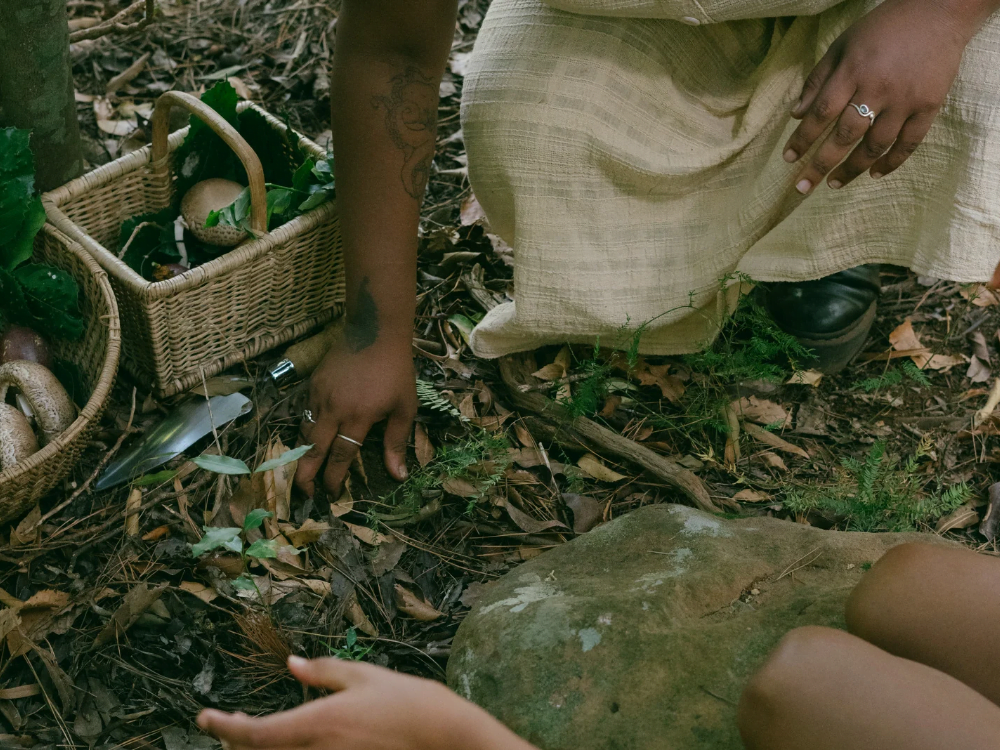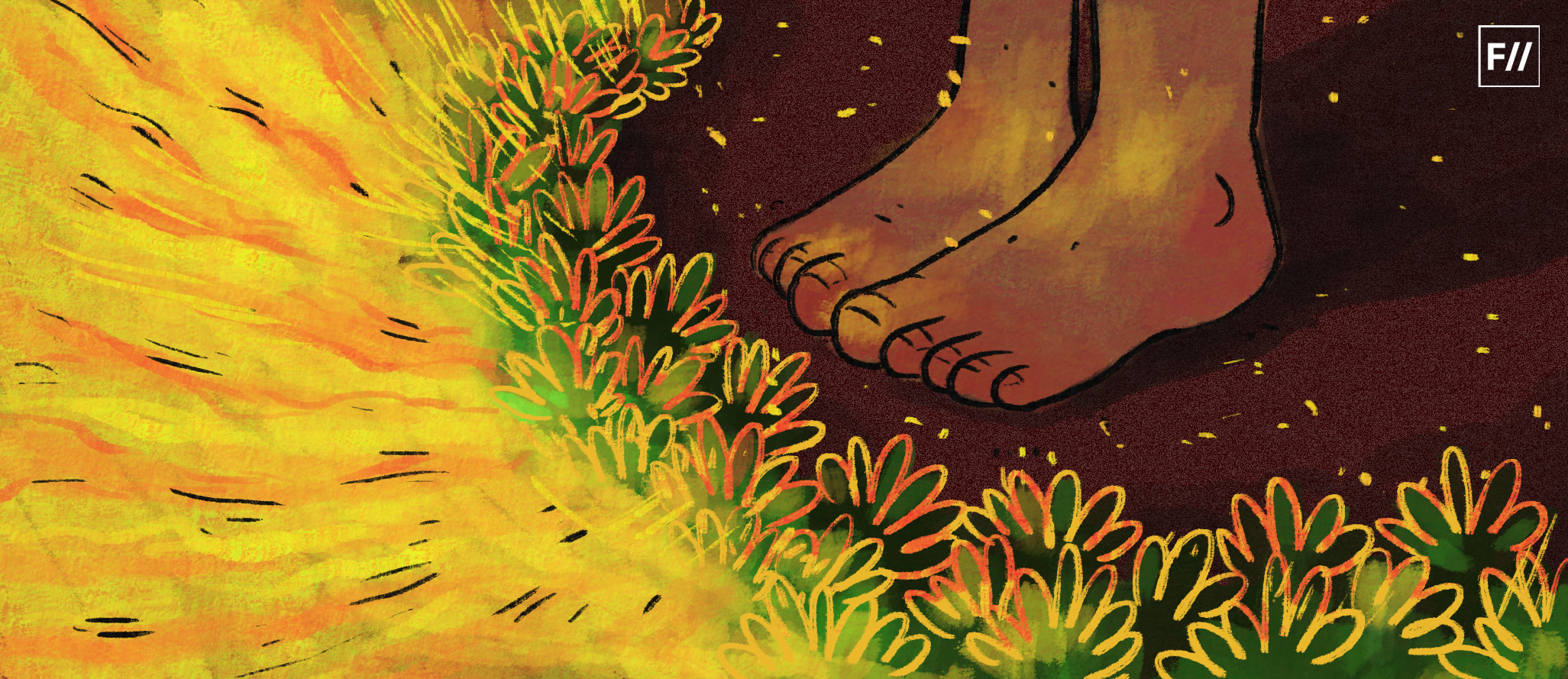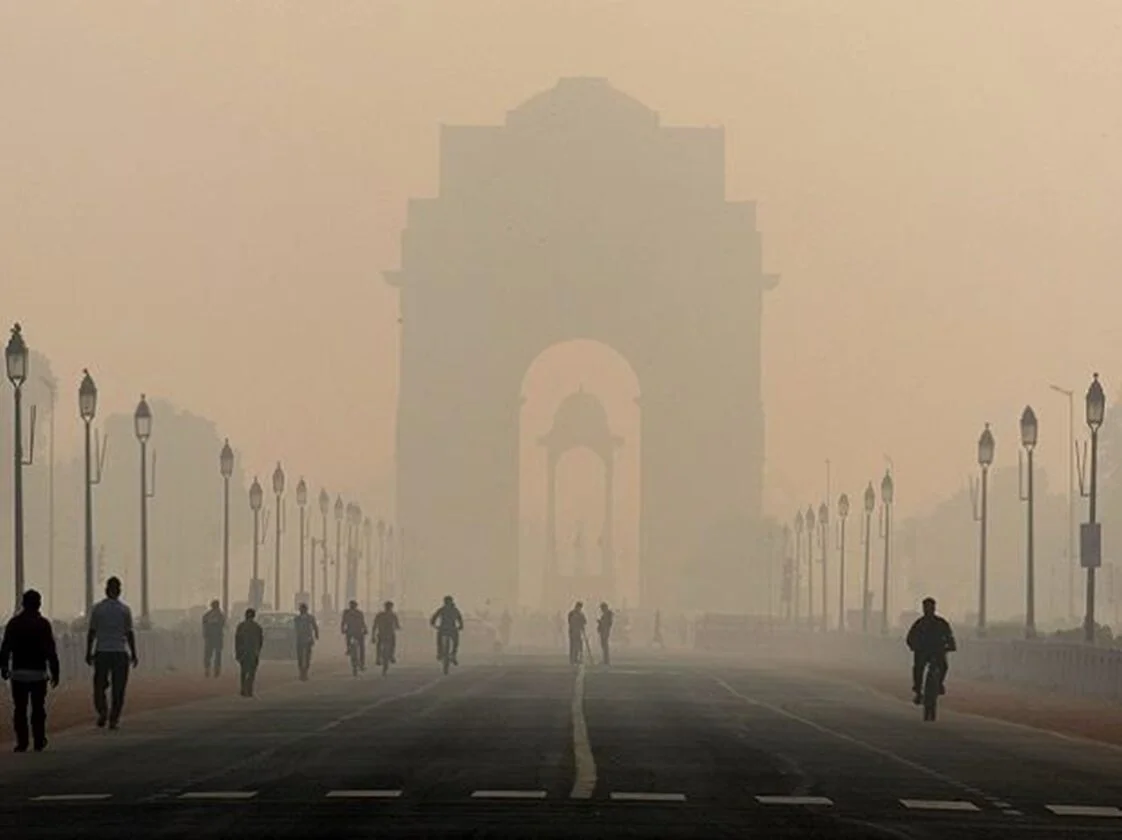Hunger ties curious knots inside of us. If we move, then we must eat. We can stay still and wait for food to fall into our stomachs or venture out into the wild to cajole it in, both are games of chance. We can hunt but must be careful to not be hunted. We can forage but must pay attention, for bad foraging can result in more than just stomach aches. Defence mechanisms don’t differentiate between the intention of invaders, poisonous fungi infect children and pesky rodents equally – this is the equality of ecology.
We can forage but must pay attention, for bad foraging can result in more than just stomach aches.
Humans however are keen on having the world revolve around themselves and what better reminder of attention than hunger?
Hunger cajoles, it makes us investigate and we’ve always been fascinated by trying to define the contours of life by examining it inside our mouths; some lingering primal impulse and a dangerous one at that. Ask recent parents about the unceasing vigilance one must maintain to ensure no stray, small object makes its way into their proteges’ inquisitive hands and their sleep deprived eyes will tell you all you need to know – there is no difference between dirt, fruit, toys and rice. Everything has the potential to be delicious.
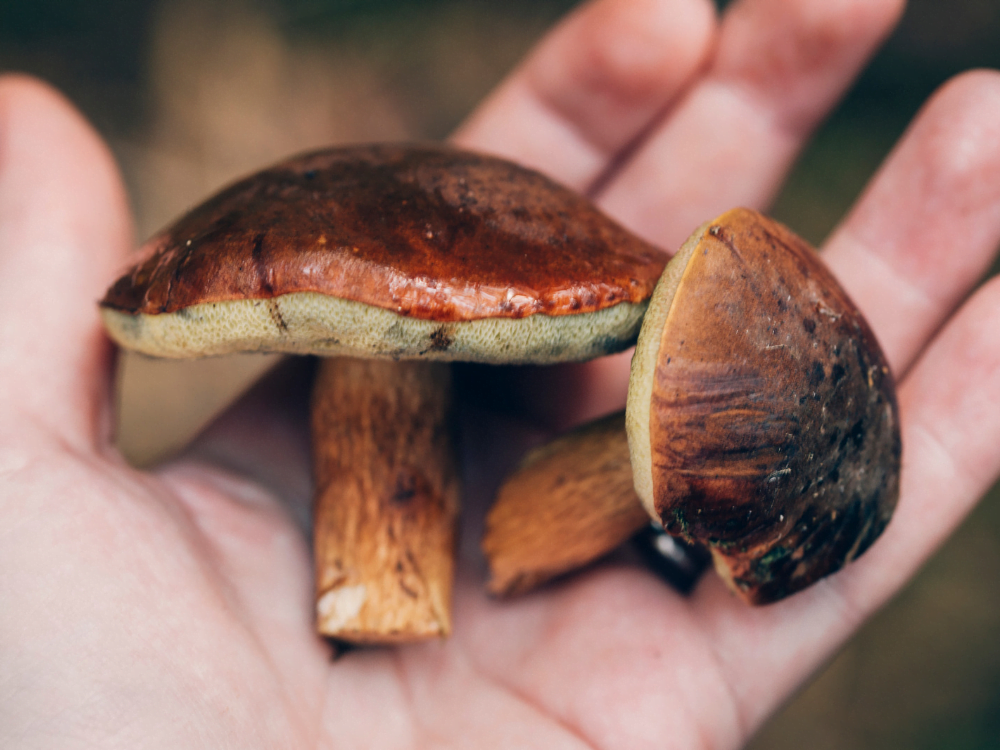
We learn to differentiate however, we are taught what is considered delicious, what we may consume and what not. Things start becoming vegetarian, vegan, pure veg, non vegetarian, plants become pesky weeds, bountiful fruit or handsome flowers; there are value judgments aplenty in our learnings.
Let’s consider what we may consider as weeds; can an avocado ever be a weed? A pineapple, kiwi, kaffir lime? It’s a matter of difference, distance and supply. What does not grow here is valued more than what is, what is more difficult to supply, has larger supply-chains becomes more exotic, productive and valuable. This is a sentiment we’ve inherited from a colonial history of trade where exoticness was cultivated in colonies and delivered back to the Empire, where the landscapes and ecologies of colonies were made to change to support this endeavour as one sees illustrated in works like Sweetness and Power by Sidney Mintz, which traces the history of sugar production and consumption and the changes in taste and diet that led to for both sugar producing colonial islands and the Empire, which still persist today as norms.
Ingredients are powerful motivators, are things of great importance but lately we’ve developed an inability to notice or value things around us as supply chains become more accessible, efficient and hence, ruthless. An essential part of imperial imposition is making one forget one’s own place, culture and knowledge and once a land has been made alien for its inhabitants, they start forgetting how to utilise it, how to extract all possible sustenance from it. Hunger is discovered and satiated differently yet memory still persists in small pockets, in the corners of cities where indigenous species of fruits, berries and medicinal herbs bloom, where sustenance is extracted from them albeit under threat now, from ecological crises, neglect, lack of preservation and loss of biodiversity. This brings us to how we classify what we eat, and in turn, who eats what.
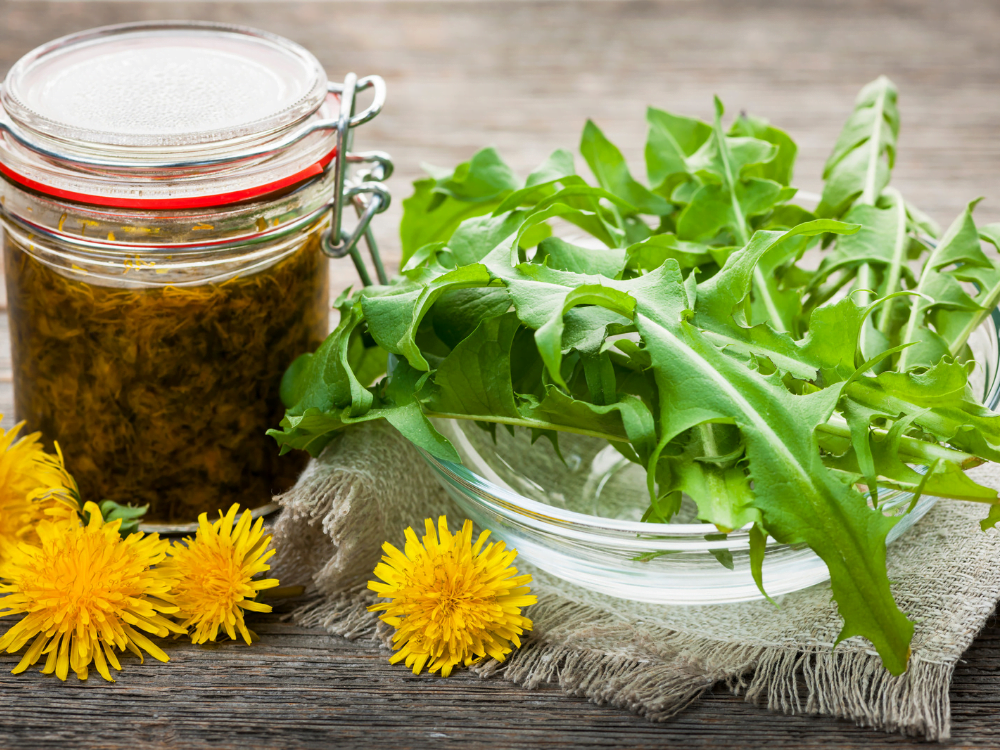
Ingredients deprived from global trade networks and the mediation of technology start appearing less lucrative, unproductive, become weeds which need to be cleared off for more “productive” use of land, yet can we conceptualise weeds differently? Can we discover latent possibilities? Why not try harvesting one, finding out its stories, histories, secrets? Why not try your hand at foraging?
Foraging and space
There is something special about foraging, the giddiness of identifying, picking and taking home a spice, fungi, figuring out where it fits into your vocabulary of taste. There are large cultural histories to foraging ; of investing time to see which plants are delicious, safe, passing that knowledge down through generations, each generation testing, tinkering, adding to it, making it grow, which is a process we’ve been undertaking since time immemorial, yet is largely missing from discussions of Environmental policy or urban planning, only quietly benefiting those who undertake it.
An undertaking becoming harder in urban environments with more stringent control over access to space; the diminishing possibilities of an urban commons – resources belonging equally to all members of a community, who share it to ensure their own survival and well-being which sounds wonderful theoretically, but whose reality of access is greatly mediated along the axis of class, caste and gender, alongside the constant push for resource privatisation or take-overs by the State, as one can see on Yamuna’s river banks, as illustrated in Amita Baviskar’s paper What the Eye Does Not See: The Yamuna in the Imagination of Delhi.
The cultivation of green spaces followed the aesthetics of British lawns, and were transformed into flat, purely ornamental spaces for picnics instead of places of rich biodiversity and possibilities of food foraging.
Foraging, as a way of accessing and utilising urban commons is faced with pressures from both, the State and Bourgeois Environmentalism, which harbours imaginations of green spaces as pristine, aesthetic and pure, for leisurely recreation – a notion with a large colonial and casteist history, which developed especially post the 1857 mutiny, after which the British Empire started developing the cultural and ecological landscapes of British India to create “sanitary”, green spaces for their officers and families in contrast to the “unsanitary” old residences of the natives.

The cultivation of green spaces followed the aesthetics of British lawns, and were transformed into flat, purely ornamental spaces for picnics instead of places of rich biodiversity and possibilities of food foraging. This is an aesthetic urban green spaces still cater to – sanitary, pristine, beautiful which necessarily goes on to mean with restricted access, with attempts to shift urban commons towards Private-Public Partnerships which often neglect communities dependent on and involved with the nurturing of urban commons to create walled oasis for the Elite.
Politics of foraging
How we have developed our classifications of productive/unproductive, public/private has long, patriarchal and colonial histories where things only become productive when mediated by technology for commodity production and hence, foraging is framed as unproductive, as it is utilising local, wild resources growing unmediated by human intervention despite the fact that foraging provides essential sustenance to various communities by adding greens to diets and making up for gaps in nutrition, adding oodles of flavour, by acting as the first line of defence against illnesses through foraged medicinal herbs which are cultivated utilising deep ethno-ecological knowledge, which is largely held by women.
As a paper by researchers in Azim Prem University reveals – ‘Across all four study sites 97% of the foragers (people who reported foraging) were women, 81% belonged to a lower social background, and 90% belonged to historically and currently disadvantaged communities that the Government of India classifies as Other Background Communities (OBC) and Schedule Caste (SC) groups‘.
Currently, there is a resurgence, especially in the culinary world, of trying to bring local ingredients back to our plates and pallets, as one can see in endeavours from The Bombay Canteen and Edible Archives alongside various foraging walks being arranged in places like Delhi’s Lodhi Gardens, Sunder Nursery by Kush Sethi, M’s FungaI Forays in Sanjay Van and Shruti Tharayil’s walks in Chennai and Udaipur which are remarkable endeavours towards spreading knowledge about the environment, the practice of foraging.
While these walks are catered largely for the urban elite, people who won’t need to rely on foraging for sustenance, they are good ways of initiating dialogue, creating communities and bringing foraging into the vocabulary of urban development.
While these walks are catered largely for the urban elite, people who won’t need to rely on foraging for sustenance, they are good ways of initiating dialogue, creating communities and bringing foraging into the vocabulary of urban development. This helps to extend the possibilities of urban commons and build solidarities, perhaps lessen the weight of the hyphen between public and private and all the power systems interested in maintaining it – to move away from No Plucking signs and ideas of green public places as concretised, pristine, manicured lawns of ornament for urban recreation towards a more hands on, active engagement with nature – dirty hands, scraped knees, digging for plants, utilising them, growing them instead of spectating, of letting wild, local shrubbery bloom freely rather than being ‘cleansed’.

What needs to remain at the centre of the movement is to make urban commons more accessible for those who are utilising it for sustenance, of a more humane bottom up approach to policy making which gives importance to situated knowledge, takes a more historical view of urban commons than what they are transitioning into.
Urban foraging then emerges as a feminist practice: an anti-capital act of paying attention to one’s surroundings, drawing sustenance from them, of visibilising all the invisible labour that women, especially from lower income backgrounds put into maintaining urban commons for their sustenance. Most current discourses tend to follow the logic of The Tragedy of Commons – the idea that if the public is granted free access to resources, they will plunder with no regard for sustainability, to implement neoliberal policies.
Most current discourses tend to follow the logic of The Tragedy of Commons – the idea that if the public is granted free access to resources, they will plunder with no regard for sustainability, to implement neoliberal policies.
There are however various theoretical and case studies ( Fischer and Kowarik, 2020, Sundaresan (2011), Maringanti (2011) and D’Souza and Nagendra (2011) ) which counter that notion, which show that greater levels of biodiversity and healthier ecosystems thrive when urban commons are utilised to fulfil local cultural, spiritual and holistic needs, including food and water security in ways that are inclusive of local and lower income populations.
